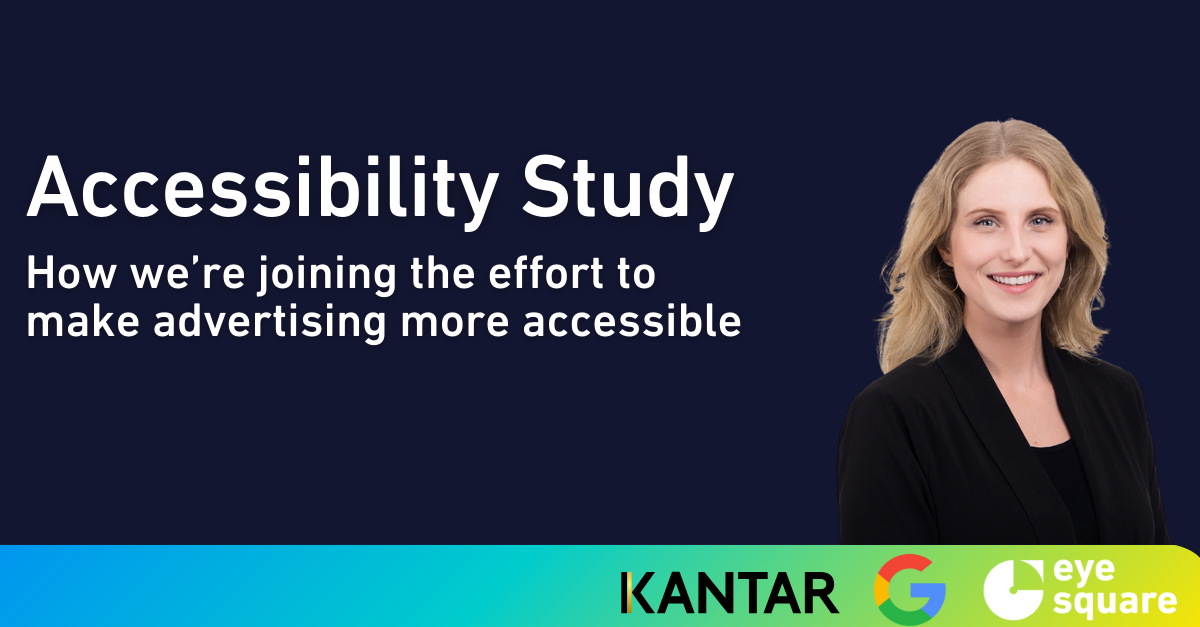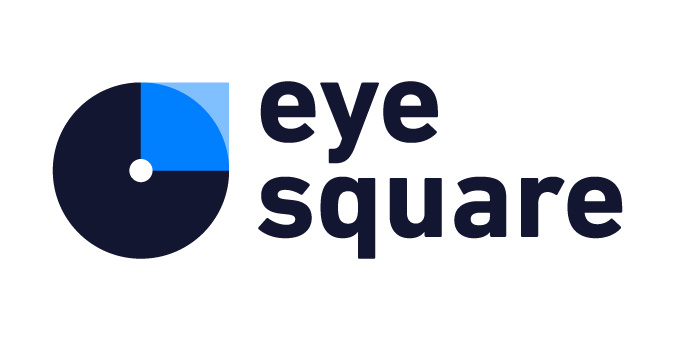21 Nov Accessibility in advertising

Is your advertising campaign accessible and inclusive? – Think with Google
Accessibility in advertising plays a crucial role in effectiveness and inclusivity. Our eye square expert Julia Gurney and Google conducted a study last year that demonstrated how minor, well-thought-out changes in brand accessibility can help reach a larger number of people and achieve meaningful results.
Together with Kantar and Google, we conducted a series of detailed qualitative interviews with participants who had themselves been diagnosed with a visual disability. These ranged from complete or partial blindness to visual disability and color blindness.
Four commercials on YouTube were played for the participants. In them, the advantages and disadvantages of digital advertising were thoroughly discussed.
The brands received direct feedback because the participants shared their insights on the accessibility of advertising, which led to changes. It was particularly important to us that people with disabilities were involved from the beginning and throughout the entire research process so that the advertising experience could be improved for everyone.
As the participants shared their insights on the accessibility of advertising, which led to changes, the brands were able to receive direct feedback. To improve the advertising experience for everyone, it was additionally essential for us that people with disabilities were involved from the beginning and throughout the entire research process to optimize the advertising experience for everyone.
With the help of user feedback, we were able to jointly identify three proven advertising practices for accessibility:
· To encourage interaction, you should use clear, audible calls to action. (z. B. das Buchstabieren einer URL). This ensures that your message is accessible and actionable for a variety of target audiences, regardless of how they interact with the content.
· Ensure that your brand becomes recognizable by verbally mentioning brand and product names – this way, your message will also be accessible to people who rely solely on audio.
· If possible, add accessibility features such as subtitles and audio descriptions – this ensures that your content is accessible not only to people with hearing or visual disabilities but to everyone.
About Julia Gurney

Julia Gurney
Senior Research Consultant
Julia Gurney is a Senior Research Consultant in the User Experience department at eye square.
She earned a Bachelor’s degree in Social Sciences with a focus on Marketing and Research from Loyola University New Orleans.
Gurney has already gained professional experience in the healthcare sector, particularly in relation to patient relationships and a newly developed system for electronic medical record keeping.
Julia works closely with the US market and deals with both implicit and explicit data.
